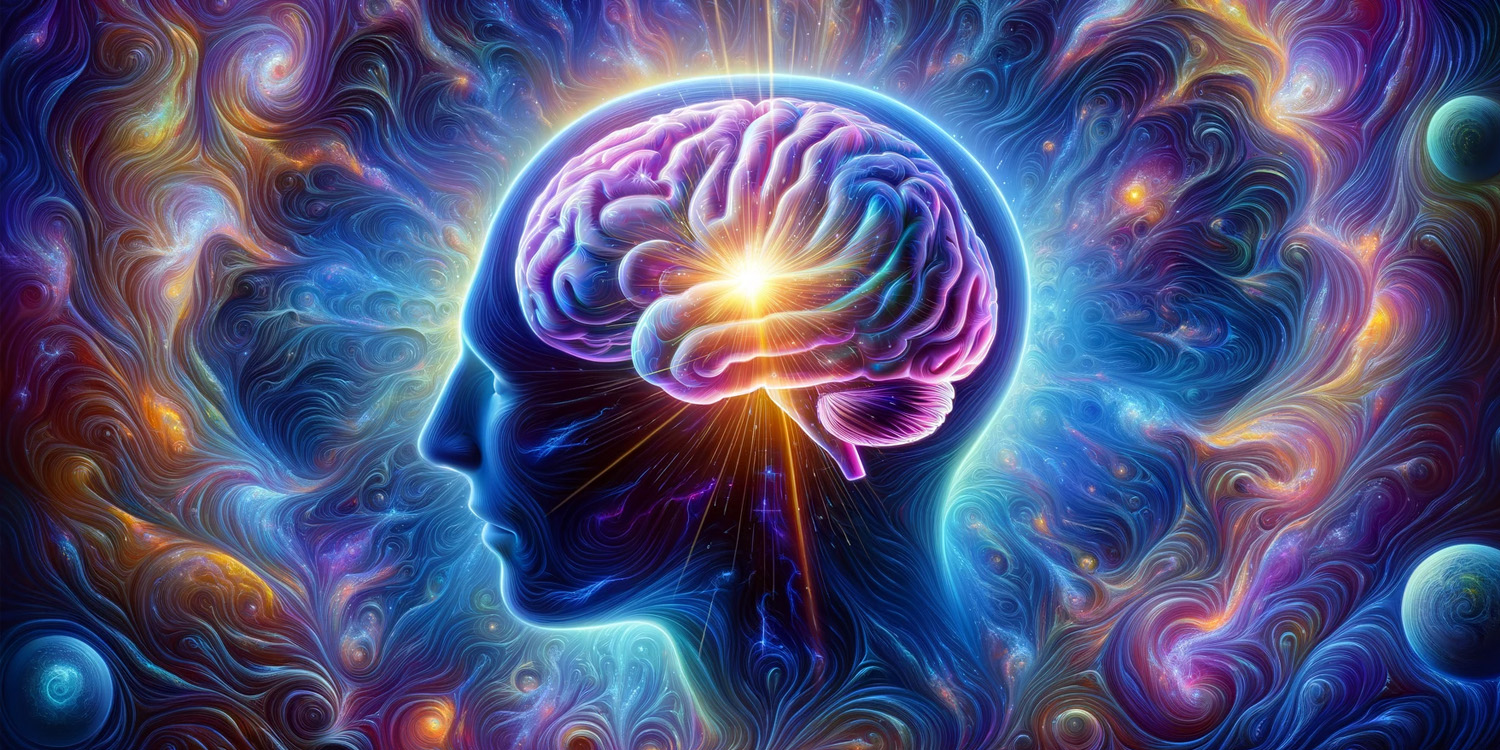

Scientists at Northwestern University have made significant strides in understanding how ketamine, a drug known for its rapid antidepressant effects, operates on a neural level. This research not only sheds light on the mechanisms behind ketamine’s dual-action — providing both immediate and long-term relief from depression — but also paves the way for the development of new, safer antidepressant medications.
The findings were recently published in Cellular and Molecular Life Sciences.
Ketamine, originally known for its use as an anesthetic, has emerged as a significant player in the treatment of Major Depressive Disorder (MDD), particularly in cases where traditional antidepressants fall short. Unlike conventional antidepressants, which may take weeks to exhibit therapeutic effects, ketamine offers a notable advantage by reducing depressive symptoms within hours of administration.
However, the enthusiasm for ketamine’s use in treating depression is tempered by its potential for addiction and other serious side effects, including cardiovascular complications, which limit its long-term application in a clinical setting.
The lack of understanding regarding the underlying mechanisms that enable its dual effects has hindered the development of safer, non-toxic alternatives. The study aimed to unravel the intricate biological processes through which ketamine exerts its immediate and prolonged antidepressant actions, focusing particularly on its impact on newborn neurons in the brain.
“This study is exciting, because it lays the groundwork for development of non-toxic treatments that exert antidepressant effects within hours like ketamine but that also have the longer-term sustained effects necessary for the treatment of depression,” said senior study author John Kessler, a professor of neurology at Northwestern University Feinberg School of Medicine. “This is a tremendous advance for the field.”
The researchers used animal models to investigate the dual mechanisms by which ketamine exerts its antidepressant effects. Mice were subjected to a regimen of unpredictable chronic mild stress (UCMS) to induce symptoms akin to human depression, creating a relevant biological context for testing ketamine’s efficacy.
The experimental design divided the mice into groups receiving either saline (as a control) or ketamine treatments, with doses administered either as a single injection or multiple injections over a specified period. This setup allowed the researchers to compare the immediate and prolonged effects of ketamine under controlled conditions.
To track changes at the neuronal level, the study utilized a range of sophisticated techniques, including immunohistochemistry, to label and quantify newborn neurons in the hippocampus, a brain region crucially involved in mood regulation and implicated in depression.
The research team had previously discovered that ketamine’s rapid antidepressant effects are due to its ability to stimulate the activity of newly born neurons in the brain (which were already present in the brain at the time of drug administration). These neurons, once activated by ketamine, fire more rapidly, thus increasing communication throughout the brain.
In their new study, the researchers found that the sustained antidepressant effects of ketamine operated through a distinct mechanism. The sustained impact of ketamine, observed following multiple doses, was found to result from an increase in the overall production of newborn neurons, a process known as adult hippocampal neurogenesis (AHN). This increase in neuron production contributes to the lasting antidepressant effects seen with repeated ketamine administration.
In other words, the sustained behavioral improvements induced by ketamine are strongly correlated with an increase in the number of immature neurons, rather than merely their activity.
“To make an analogy, think of the young neurons as ‘teenagers’ who are texting their friends,” explained corresponding author Radhika Rawat, a former research fellow in Kessler’s lab and a third-year medical student at Feinberg. “Increasing the number of text messages spreads information rapidly — that is how ketamine acts rapidly. Increasing the number of teenagers also increases the spread of information, but it takes time for them to be born and mature — that is why there are delayed but longer-term effects.”
Intriguingly, the study highlighted a crucial role for decreased Bone Morphogenetic Protein (BMP) signaling in mediating ketamine’s prolonged effects. By reducing BMP signaling, ketamine fosters an environment conducive to the growth of new neurons, thereby extending its antidepressant benefits over time.
“The discovery poses intriguing clinical questions,” Rawat said. “Most antidepressants, including SSRIs, reduce BMP signaling. It is worth investigating whether initiating ketamine alongside conventional antidepressants could amplify therapeutic effects.”
The study, “Ketamine’s rapid and sustained antidepressant effects are driven by distinct mechanisms,” was authored by Radhika Rawat, Elif Tunc-Ozcan, Sara Dunlop, Yung-Hsu Tsai, Fangze Li, Ryan Bertossi, Chian-Yu Peng, and John A. Kessler.










